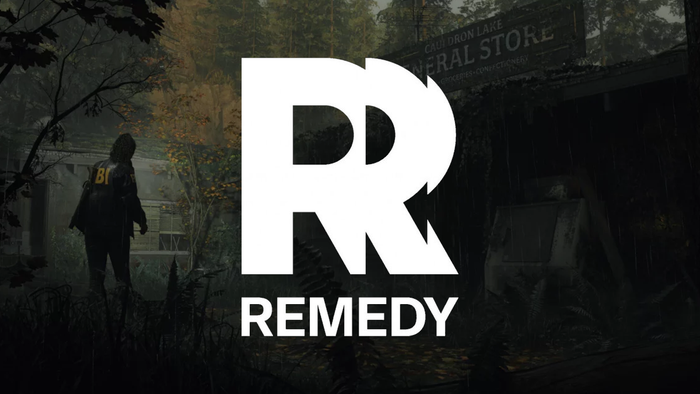
Featured Blog | This community-written post highlights the best of what the game industry has to offer. Read more like it on the Game Developer Blogs.
Keeping players engaged
A summarized list of methods of keeping your player base engaged.

The Goal.
Keeping the player base engaged with the game.
The Problem?
A lot of indies go straight in developing tons of content, even though this usually isn't a viable option for their game. A lot of content is not the same thing as a lot of gameplay. It could lead to a lot of gameplay, but it is usually combined with other techniques for development efficiency and additional gameplay variety.
Other Techniques?
Content! A lot of it. Creating a massive amount of handcrafted content is something common in many games, especially MMOs. Thousands of quests, tons of narrative, little branching - usually when a company pays hundreds of thousands of dollars for the production of a rich quest line, the goal is to get the player through most of the quests possible, instead of just branching in some direction and skipping a ton of quests in a split second.
Creating a lot of content may be a good idea if you have the resources to hire a couple of writers and a bunch of programmers and artists to create it for you. It is one of the biggest pitfalls for indies - creating a couple of quests seems as a fairly easy task, but development, tweaking, testing and polishing piled up usually end up taking a lot more time than expected.
Filler content or waiting. A disastrous trend, mostly seen in social games. Instead of creating actual gameplay a lot of games seem to focus on creating very little gameplay and a lot of time wasting mechanics to water it down and span it over the most time with the least annoyed users possible.
This is lazy design. There are many more viable ways of filling up the players time, filling it with filler content or waiting doesn't add any actual value to the game and most of the time ends up frustrating or boring the player. There are a few exceptions to this, but in most of the cases it just shows lazy design.
Difficulty scaling. A simple way to increase the total playtime of your game - use the same enemies and/or obstacles, but make them more difficult to pass by. Usually it’s best to make it a two directional scaling - not only making things stronger, but weakening them if needed. This may be very solution, but also very a powerful one if used sparingly. A great example is Left 4 Dead and its “AI Director” which monitors the players conditions and faces them with appropriate waves of enemies.
Difficulty scaling is by far the most used techniques in indie games, and it is the one thing that usually gets overused. Scaling the strength of the foes in your game is a quick and easy way of keeping the challenge vs player skill ratio consistent. Increasing the strength or quantity of enemies could greatly improve your gameplay, but overuse it and players will quickly get annoyed by it.
Procedural content generation. A good and economic way of filling your world with content. It could be used by itself or in conjunction with any other method. If used correctly it could greatly enhance your game. If used poorly on the other hand it will eventually annoy and irritate the player. An awesome example of this is the Elite mob system in Diablo. The occasional group of elites breaks up the monotonous process of eradicating or hordes of weak enemies and the different combinations of monster affixes provide a great variation to the gameplay.
Procedural content is a great option - it is a low cost solution, and if properly implemented could be combined with emergent gameplay and/or handcrafted content to create engaging and low cost solutions, perfect for us indies.
Emergent gameplay. By far the best means of providing more gameplay - giving the player the tools to craft his own. Of course by far the biggest design challenge and the hardest one to test. Common in competitive games - adding more people together, especially against each other and it is almost guaranteed for new gameplay to emerge. A great example of this is the whole League of Legends meta gameplay - things like counter-picking, jungling, different builds, lane setups, counterpicks and plenty of more emerged from the original game. Minecraft as I see it is a game about emergent gameplay and mods adding more emergent gameplay - very few people play Minecraft with the goal of winning the game. Instead we see people creating science, art, prototyping actual buildings, or creating all kinds of quests and goals in the game.
Creating emergent gameplay may be hard, but is the most useful tool a game designer could have. Freeing the players to experiment and discover new ways to use the game mechanics at their advantage is both great for them and a low cost solution.
Replayability. Be through emergency, difficulty scaling and/or procedural content we could achieve replayability - getting the player to replay different levels or even the whole game multiple times and actually enjoying it. A good example could be seen in Darksouls - because of the already variant gameplay adding replayability through difficulty scaling works wonderfully well, adding new challenge and getting the players to explore even more of the game and look for new ways of dealing with the harder gameplay.
Replayability is great and while achieving it may take some time, in the end it will be all worthwhile. Creating a good game is one thing, but creating a good game which could be replayed more than once is something else.
Final thoughts
Creating a game that takes more than two hours to go through doesn't necessarily mean that you're bound to creating a thousand levels accompanied by a hundred puzzles each by hand. There are more than a few alternatives to creating content by hand, most of them being cheaper and cost effective solutions. Time is a precious resource after all.
Read more about:
Featured BlogsAbout the Author(s)
You May Also Like













